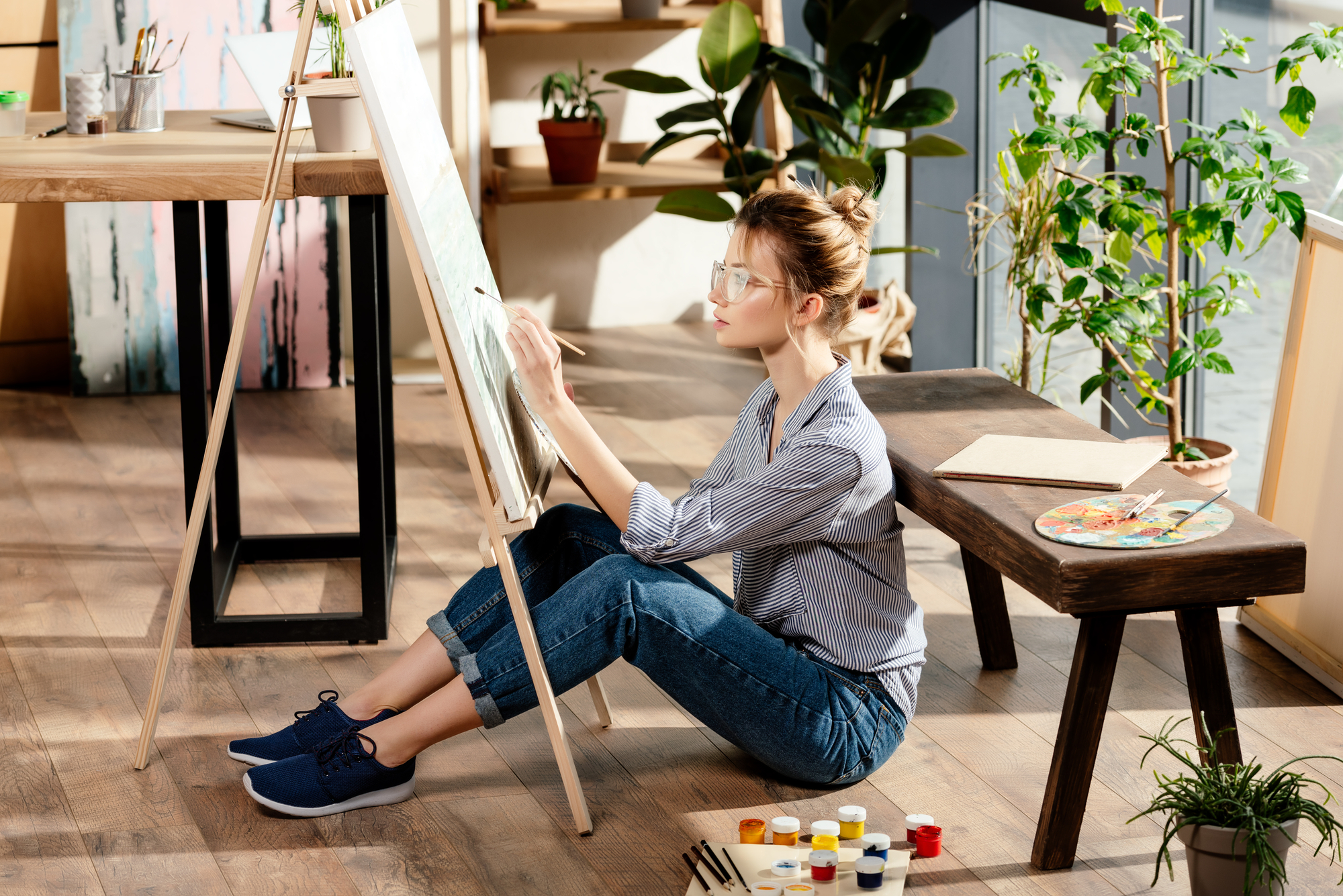
Usage of Watercolor on Canvas
Watercolor Canvas – a New Level in Watercolor Painting!
Almost every artist is aware that even the most high-quality watercolor painting has relatively low durability. However, few people know that the reason for such poor quality is not solely watercolors, but also the paper or cardboard an artist uses.
The invention of a full-fledged watercolor canvas paper made it possible to increase the strength of pictures several times. Canvas for watercolor completely replaces paper, looks more white, which is better for watercolor painting, and perfectly absorbs water in the expected amount.
Everything You Need to Know about Watercolor Canvas
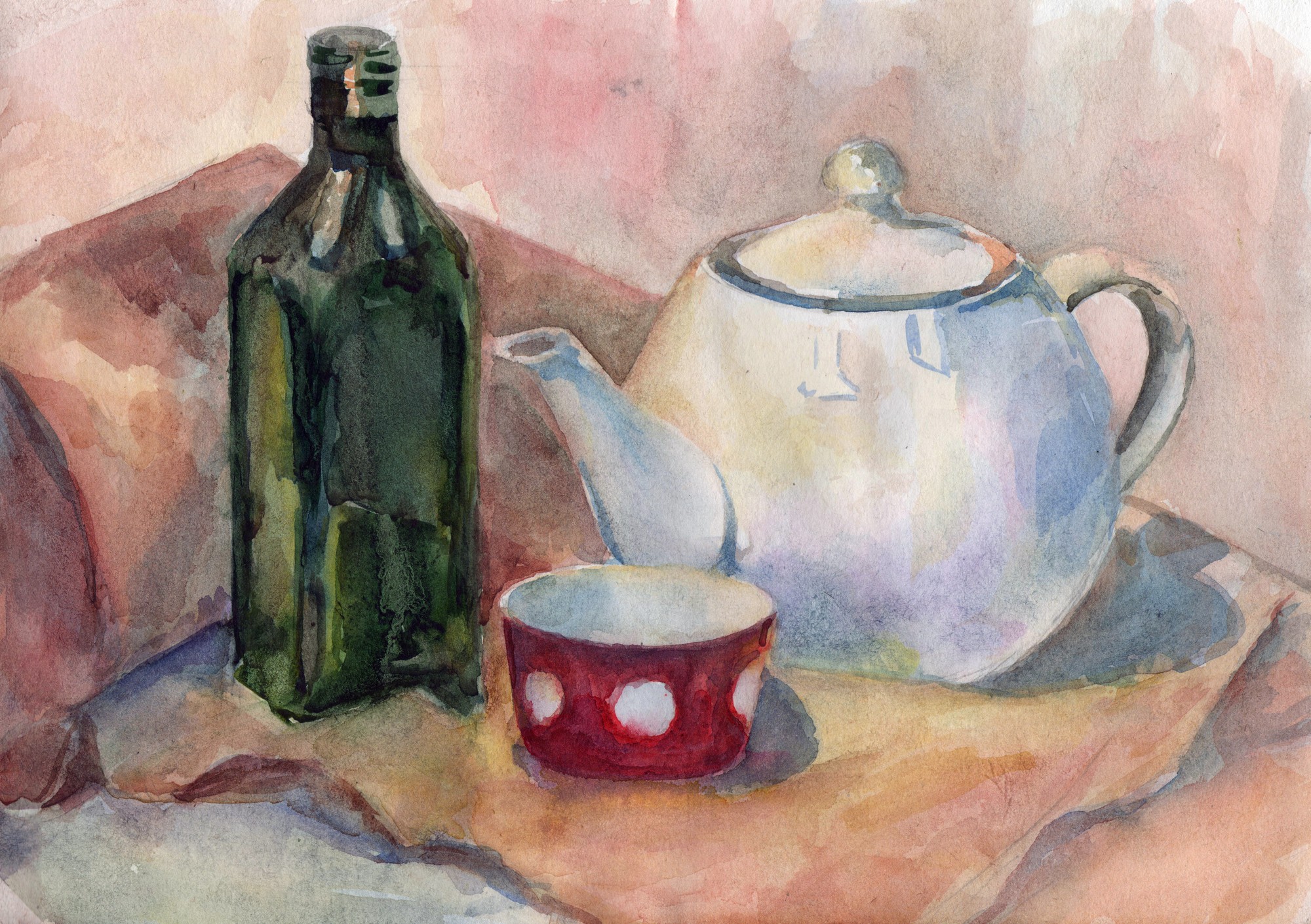
Many artists dream of creating a masterpiece on canvas, which testifies to a new stage of professional development in their lives. Various reasons could contribute to it, for example, a customer order, the search for a more durable basis than paper, or the artistic urge.
At first, working on the canvas may seem complicated because its structure may provoke a desire to return to such a familiar and cozy paper. Do not worry since skills come with practice. You just need to know a list of simple rules on how to draw on the best canvas. By the way, the watercolor canvas is a hemp, cotton, or linen fabric with a weave of yarn. It is pulled on a frame called a stretcher bar to further serve as the basis for painting.
Does Watercolor Work on Canvas?
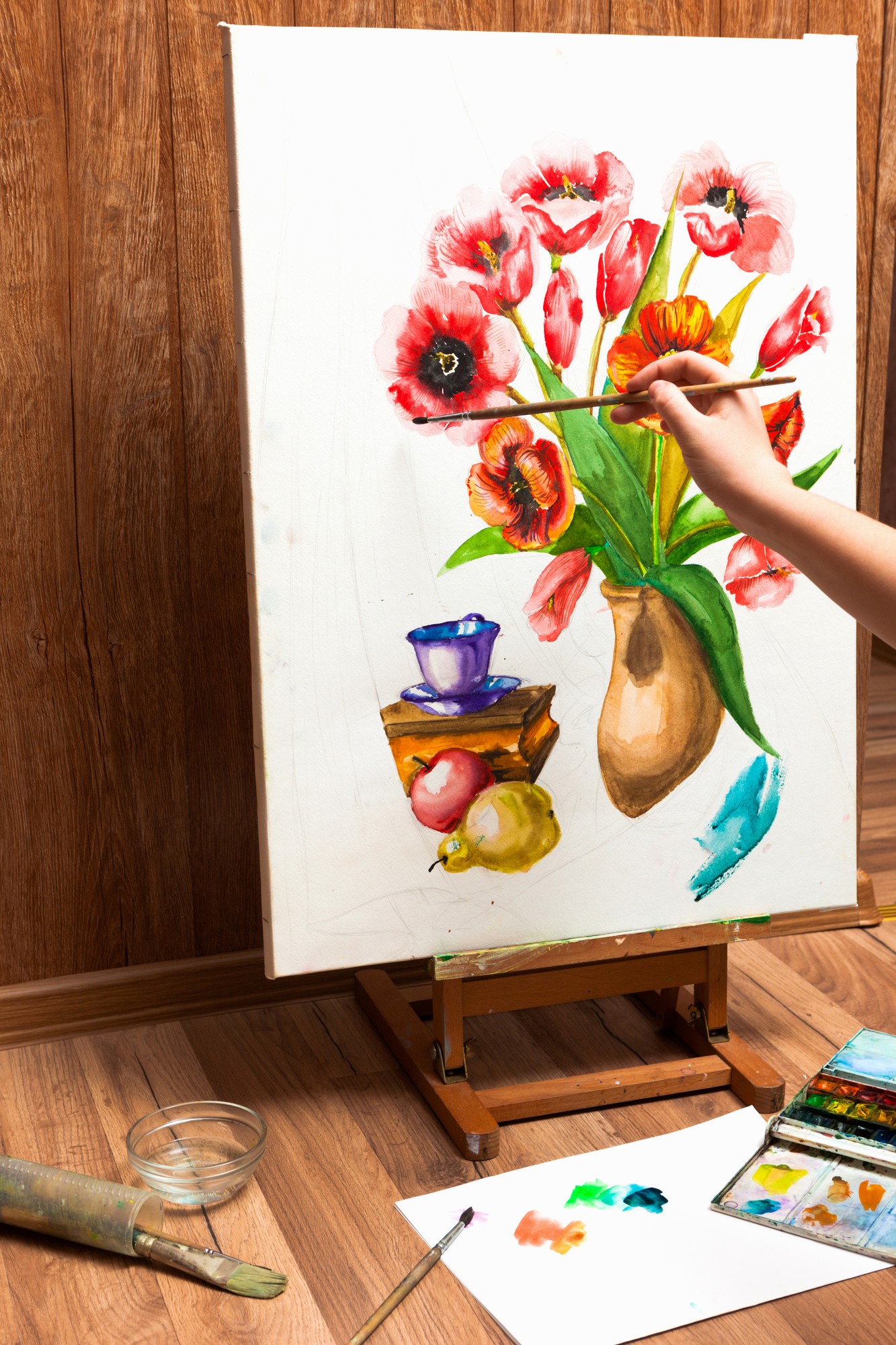
Yes, of course. Furthermore, it gradually became one of the most popular painting base materials for watercolorists. Also, it can be used without a primer, or with an oily or all-purpose primer. Besides, canvases are accessible in a variety of weights and textures, from coarse jute to fine flax. The versatility of such material makes it convenient for use in various types of painting and drawing techniques. However, traditionally canvas is not associated with watercolor painting.
Nevertheless, even the best canvas with a universal primer is not good enough for watercolor. In turn, it works out with oils and acrylics. The surface, which is suitable for plenty of water and paint, such as watercolor paper, needs to be absorbent enough to stabilize the level of moisture, but not so porous that the paint settles on the surface and becomes dull. The bases suitable for painting with watercolor on regular canvas are acrylic primers with ideal absorbency. They can be used for any universally primed canvas as well.
Texture and Dimensions
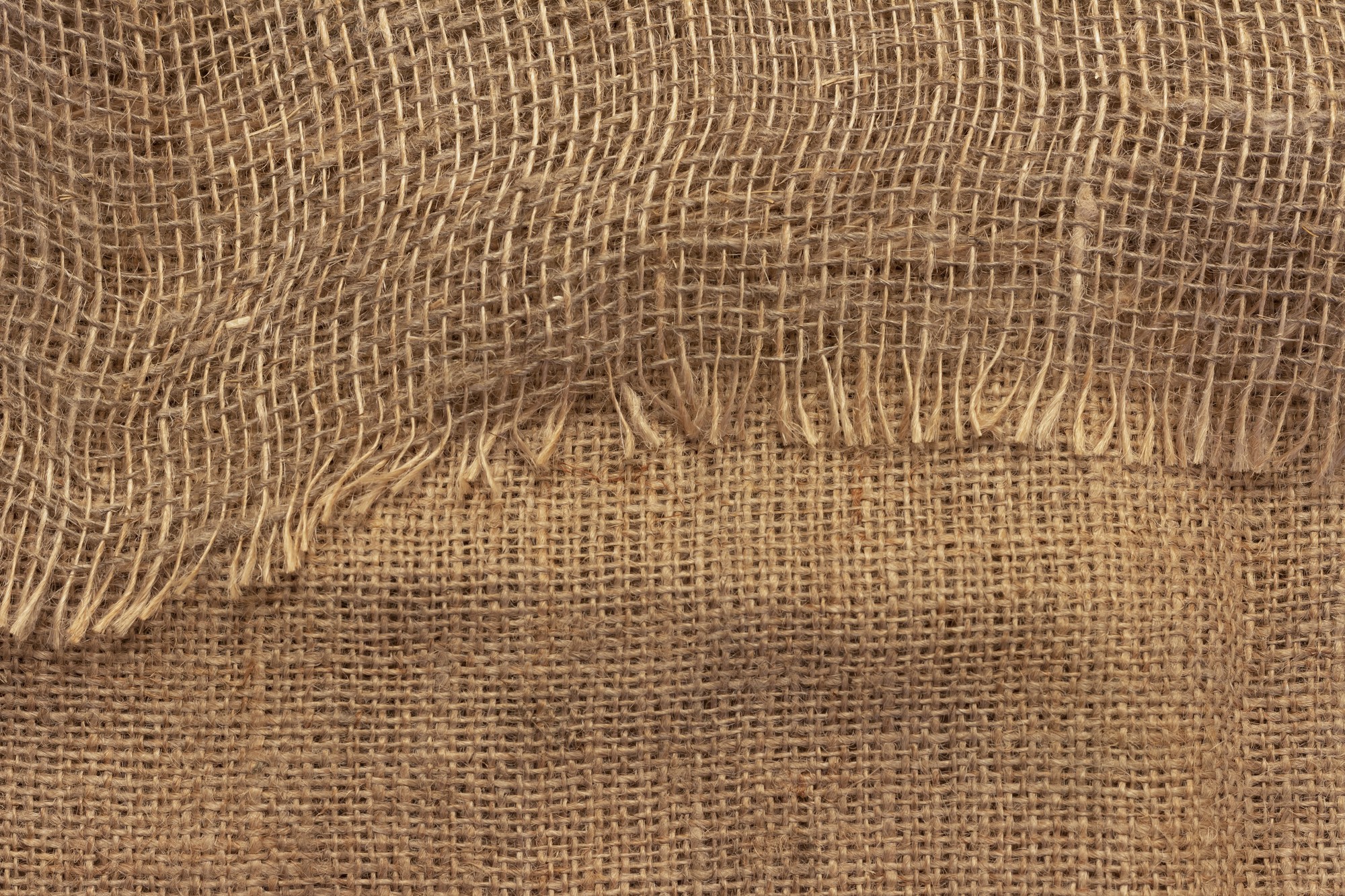
Like paper, there are many sizes of canvas, ranging from the smallest to gigantic half-wall ones. Depending on the degree of grain, the canvas has a different texture. That is, the texture (or graininess) of the canvas is one of the main components of the way the pictorial-colorful layer of the work is made. It is determined by the thickness of the fabric threads and is divided into such kind of textures: fine-grained, medium-grained and coarse-grained.
For smooth, thin-layer painting (depending on size), a fine-grained or medium-grained canvas for watercolor is the best option. For textured, pasty (applied with thick paint) painting, there should be a thicker and stronger base like a coarse-grained canvas. The most common type of fabric for painting is a linen canvas. It has the strength rate and resistance to weathering, excellent quality.
Choice Fabrics
The fabric is impregnated with a primer that protects the fibers from deterioration and evens out the texture.
- Cotton is the most common fabric for painting among non-professional artists. Here the choice is based, first of all, on availability. This fabric stretches well and has a uniform texture. Watercolor on stretched canvas looks as best as it could, since the material absorbs moisture well and, at the same time, weakly reacts to changes in air humidity.
- Linen fabric. This type of canvas is preferred by professional artists due to its quality and surface characteristics. Unlike cotton, it is more complicated to use. However, its fibers are longer, more resistant to mechanical damage, and, subsequently, more hygroscopic (when the heat is absorbed from the air). Linen is a tough fabric and too uneven to play with textures. Besides, it holds the layers of paint well. Linen is three times stronger than cotton and many times more expensive. Watercolor on such a regular canvas becomes durable.
- Synthetic fibers are the best basis for watercolor canvas if you look for budget-friendly ones. However, it gives the worst result compared to linen and cotton. In practice, synthetic options are resistant to decay, and are recommended for training sessions, sketches, or exercises to save money.
- Hemp or hemp canvases these days are used only for technical purposes because of the dirty tint of the fabric.
As was pointed out, canvas for watercolor from linen is considered the most durable. For all that, painting does not tolerate narrow bounds. For instance, Paul Gauguin painted on unprimed canvases; another example is Francis Bacon, one of the leading British artists of the last century, who painted on the back of linen canvases. Moreover, Van Gogh experienced financial difficulties but did not consider it right to save on the quality of the canvas. Thus, do not be afraid to choose the best canvas for watercolor.
Benefits of Using Canvas for Watercolor:
- Canvas is a Very Solid Ground. Most of all, artists use paper for painting with watercolor. It is a very thin, soft material. However, if not properly protected, it could be easily damaged during storage and transportation, even if it is the highest quality watercolor paper. For all that, watercolor on stretched canvas has a higher rate of durability. Thus, you can paint watercolor on canvas, making the paint more durable and less prone to wear and tear. It is also easier to preserve a painting on a stretched canvas for watercolor – if the stretcher bars are damaged or deformed over time, the painting can be removed and framed again.
- Ability to Work on Large Scale Surfaces. Most watercolor paper manufacturers have a maximum sheet size of approximately 30 in x 22 in. It turns out that if one wants to paint a really big picture, one needs to buy a paper roll. You may use watercolor on canvas of different sizes, which are available in various dimensions. The largest one is approximately 47 in x 60 in. But you can use a larger format as well if you create your own stretcher of the desired size and paint watercolor on stretched canvas.
- No Additional Accessories Required. Attach a painting to a rigid support, such as a wooden panel, or just frame the picture to hang it without causing harm to its surface. The stretched watercolor canvas can be hung without an additional frame or fastener, as it can be screwed directly into the wooden stretchers. The back basis, such as tarpaulin boards, can be fixed by gluing wood strips to the back of the product and attaching the hanging elements to the wood.
- No Need to Stretch the Surface. To avoid deforming the sheet, stretch it before drawing on the paper, especially if you plan to use a lot of water. Nevertheless, no stretching is required for water color canvas. After applying the watercolor primer, you can immediately start painting.
Can I Paint Watercolor on Regular Canvas?
Let's say right away that painting with watercolors on canvas is a very unusual activity, especially for those who are used to working on a canvas with oil or acrylic. But nothing is impossible. However, you need to be prepared for surprises. For example, it takes longer for paint to absorb in the canvas surface than in paper, despite the special coating. The upside is that you can frame your painting and hang it on the wall without using protective glass. However, in this case, we recommend covering it with a special aerosol sealant, which has functions similar to the protective varnish.
How to Work with Watercolor on Canvas?
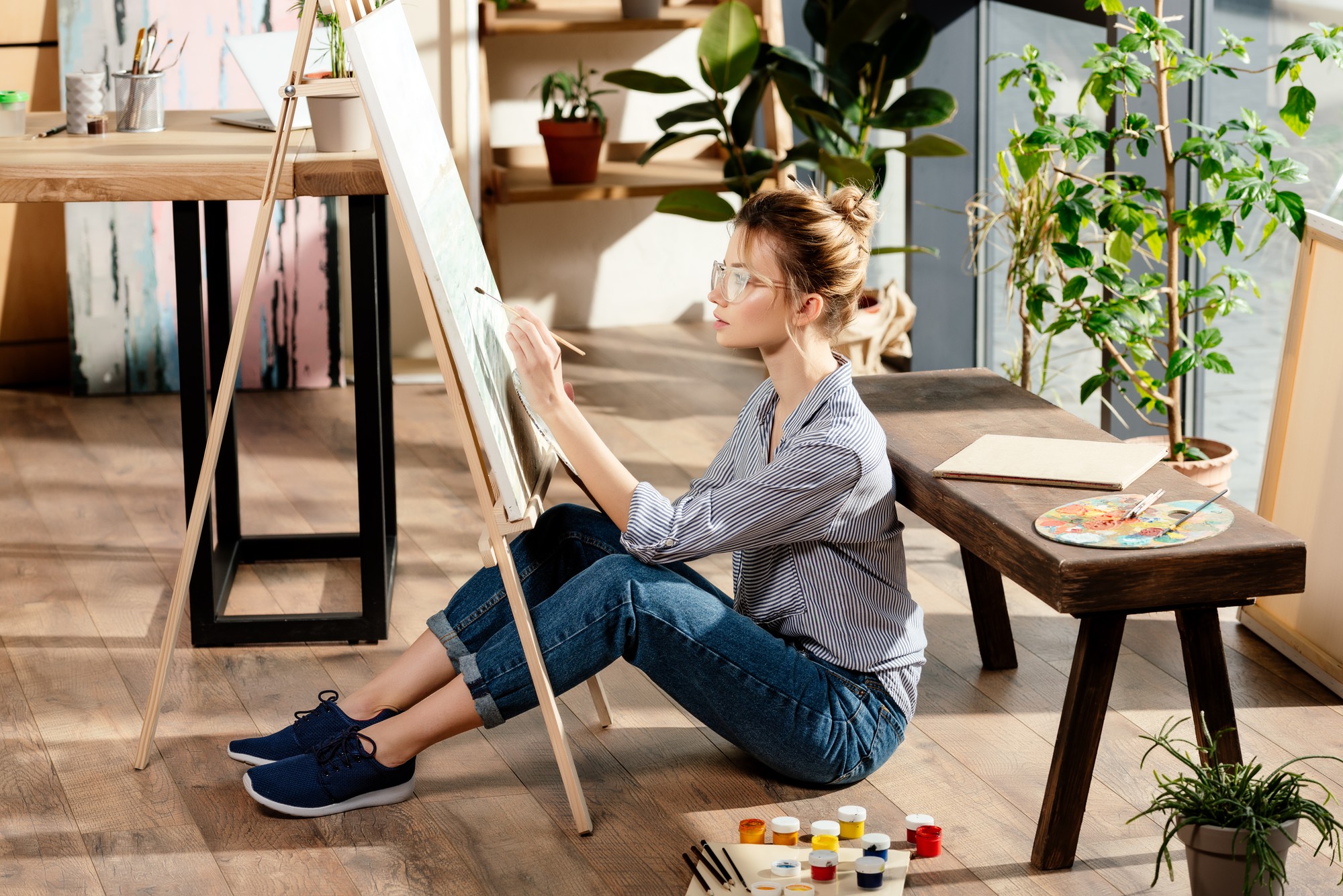
We already know that one can paint watercolor on canvas. Now it is high time to learn more about the peculiarities of the work. Traditionally, beginners should start by using a technique that does not require a careful drawing of details. First, find a well-ventilated area with plenty of light. Decide how to paint on the canvas in watercolor by placing it on an easel or flat surface. Finally, think about a place where the whole construction can dry when the work is complete.
Collect all the necessary items and materials before painting watercolor on the canvas so that you do not have to interrupt the creative process after you start doing it. Get some paint, brushes, water, and whatever tool you plan to use. How to paint a picture on a canvas? Adding a general background of a definite shade defines the nature of the work. Moreover, that must be done before painting the main details. Greens are a good choice for landscapes, while grays and blues are suitable for marine or winter images.
A beginner artist usually acts intuitively rather than follows the rules. Though, it is good to know for sure how to paint pictures on canvas. If you continue practicing, you will gain an understanding of many technical nuances. Also, the missing information can always be taken from the guides for artists. Before painting water paints on canvas from life, sketch out the profile of an animal, leaf, flower, or building. Color it in one shade and the rest objects in another.
The classic mixing schemes are known to everyone - yellow + blue turn into green, etc. Three or more paint colors are mixed to create complex deep shades. There is no right or wrong way to paint watercolor on regular canvas, so there are no restrictions when working with canvas and paints as well.